Chlorinating Pipework:
A Comprehensive Guide to Disinfection
Chlorinating pipework is a specialised and essential procedure where water pipes and associated systems are professionally cleaned and disinfected using a chlorine-based solution. This process is critical for eradicating harmful bacteria, viruses, and other microorganisms to ensure water is safe for consumption and use. Pipe Testing Services (PTS) regularly carries out pipework chlorination nationwide, safeguarding public health for both new installations and existing systems requiring maintenance. This guide explains the process, its importance, and how PTS delivers this vital service.
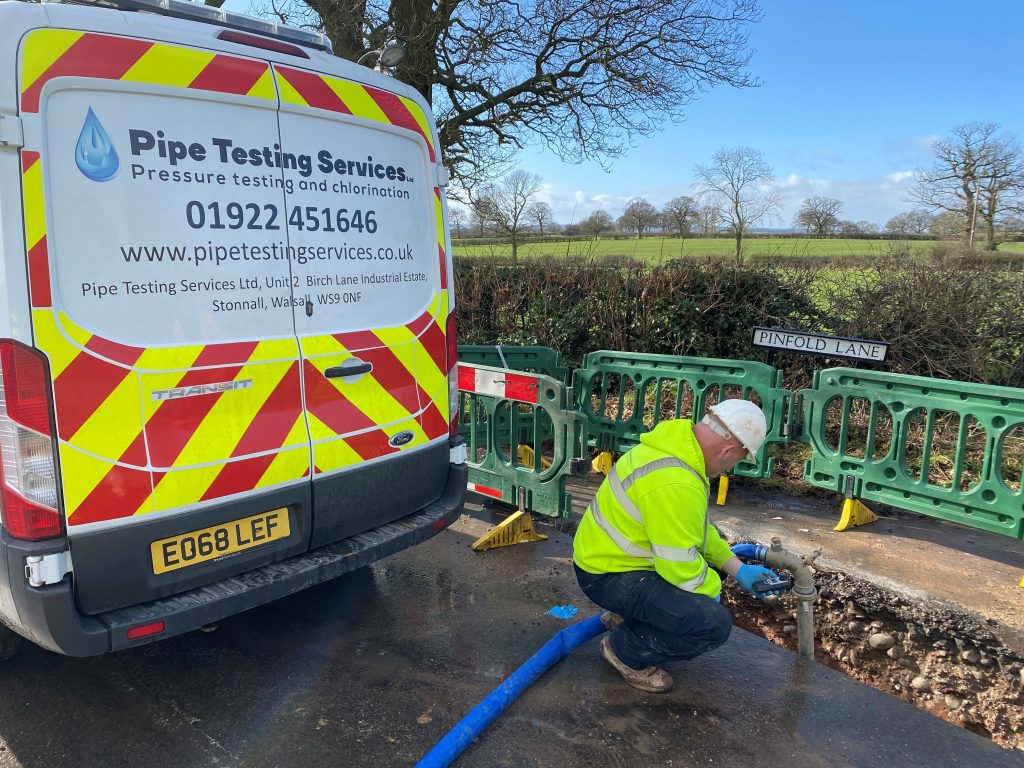
Why is Pipework Chlorination Important?
Properly chlorinating pipework is a fundamental safety measure that protects public health. The key benefits of engaging professional services from PTS include:
- Eradicating Harmful Pathogens: Effectively kills bacteria (including E. coli, coliforms, and Legionella), viruses, and other microorganisms.
- Ensuring Safe Water Supply: Guarantees that water is safe for consumption after new installations, repairs, or periods of stagnation.
- Meeting Regulatory Compliance: Adheres to UK standards such as BS 8558 and the requirements of local water authorities, which often mandate a Chlorination Certificate before connecting to the mains.
- Preventing Biofilm Growth: Helps to remove and control biofilm, a slimy layer inside pipes where bacteria can thrive.
When is Chlorinating Pipework Required?
Pipework chlorination is necessary in several key scenarios to mitigate contamination risks:
- New Water System Installations: It is compulsory to chlorinate new pipework before it is commissioned.
- After Major Repairs or Modifications: Any work that opens a pipeline to the atmosphere, such as in our Chlorination for Water Main Repairs and Replacements service.
- When Contamination is Suspected: If water tests show positive results for bacteria, or if there is an unusual taste, smell, or discolouration.
- Following Periods of Disuse: For systems in buildings that have been stagnant for long periods (e.g., seasonal properties, mothballed sites).
- As Part of Regular Maintenance: For high-risk facilities such as hospitals, care homes, and commercial food production centres.
The Pipework Chlorination Process – A Step-by-Step Guide
Here’s the simplified yet thorough process PTS follows to chlorinate pipework for our clients across the UK:
Step 1: Initial Assessment
Our technicians evaluate the system’s condition, size, and configuration to determine the most appropriate chlorination method and safety requirements, following our Chlorination Safety Protocols.
Step 2: System Preparation & Isolation
The section of pipework to be chlorinated is isolated from the rest of the system to prevent cross-contamination. All fittings are checked to ensure they are secure.
Step 3: Pre-Chlorination Flushing
The isolated section is thoroughly flushed with clean water to remove any loose debris, sediment, or installation residues. This step is critical as debris can reduce the effectiveness of the chlorine.
Step 4: Chlorine Solution Preparation & Application
A chlorine solution is mixed to the required concentration (typically 50mg/l or higher, as per BS 8558). This solution is then carefully introduced, filling the entire pipework section.
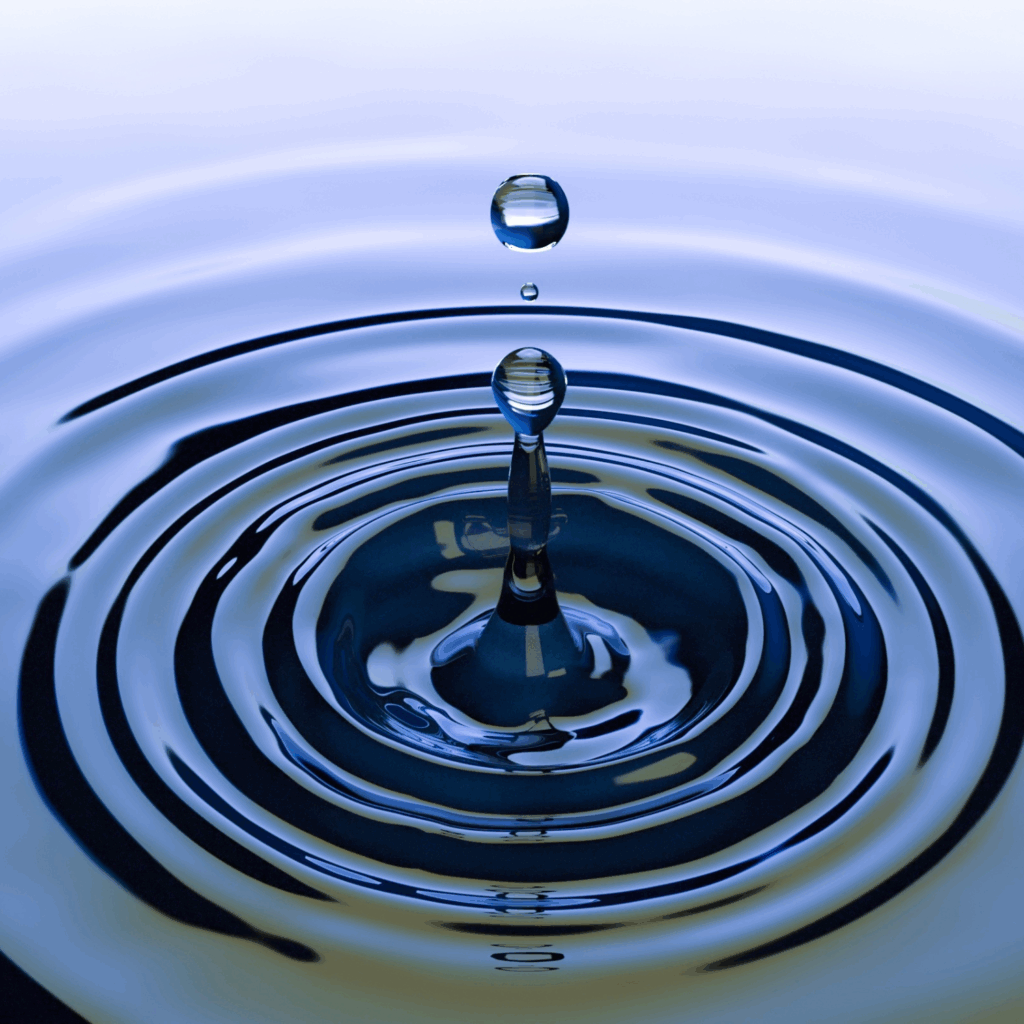
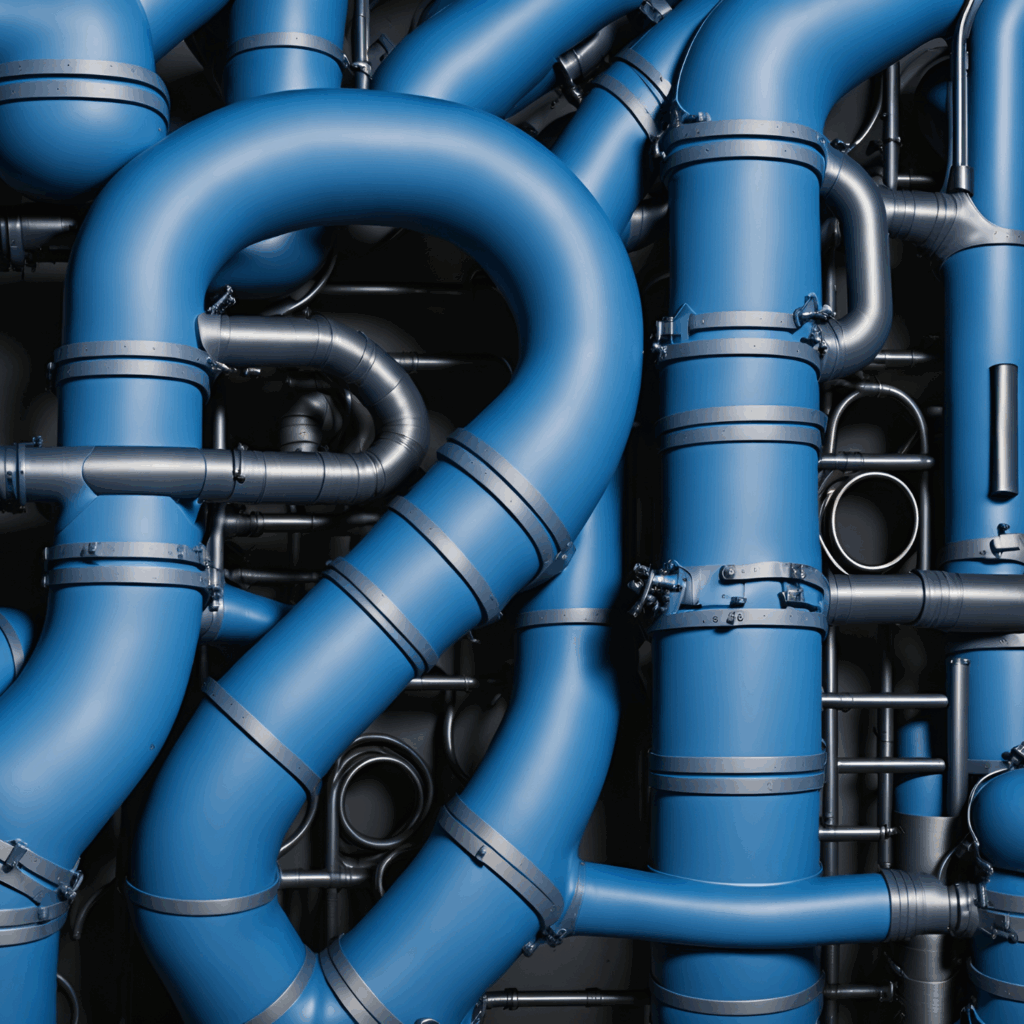


Step 5: Contact Time
The chlorine solution is allowed to remain in the system for a specified period, usually at least one hour. This “contact time” is crucial for the disinfectant to effectively kill all microorganisms.
Step 6: Flushing and Neutralization (Dechlorination)
After the contact time, the chlorinated water is flushed from the system. It is then neutralized using an approved dechlorination method before being safely discharged, a process detailed on our Dechlorination of Pipelines page.
Step 7: Testing and Certification
Post-flushing, water quality samples are taken for microbiological and chemical analysis by a UKAS accredited laboratory. This testing confirms the disinfection was successful. Upon passing, we issue the necessary Chlorination Certificates Explained in more detail on our dedicated page.
Chlorinating New vs. Old Pipework: Key Differences
The approach to chlorinating pipework varies depending on its age and condition:
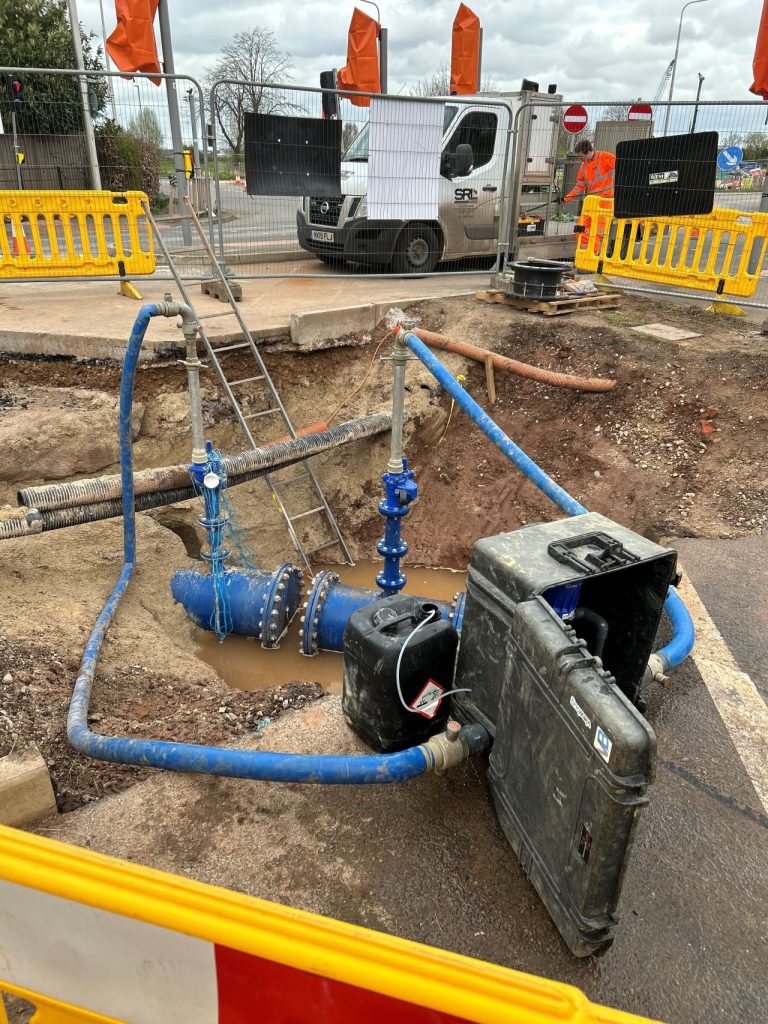
New Pipework Chlorination
When chlorinating new pipework, the focus is on removing manufacturing residues and any contaminants introduced during installation.
- Thorough initial flushing is crucial to remove any debris or swarf.
- Shorter contact times (often 1-2 hours) are typically sufficient as there are no established biofilms to penetrate.
- Special attention is given to newly connected fittings and joints.
Old or Existing Pipework Chlorination
Chlorinating older, existing pipework presents unique challenges that require a more rigorous approach:
- In-depth initial assessment is needed to identify problem areas like corrosion or heavy scaling.
- Mechanical cleaning or descaling may be required before chlorination to break down established biofilms.
- Longer contact times (up to 24 hours) may be necessary to ensure the chlorine can fully penetrate and destroy resilient biofilms.
- Multiple chlorination cycles might be needed for heavily contaminated systems.
- Additional integrity testing may be recommended to check for any leaks or weaknesses in the older pipes.
What Does Pipework Chlorination Test For?
The post-disinfection water samples are tested to confirm the absence of harmful bacteria and the suitability of the water. Key tests include:
- Presence of E. coli and other coliform bacteria.
- Total Viable Count (TVC) of microorganisms.
- Chlorine residuals.
- Water turbidity and clarity.
- pH levels.
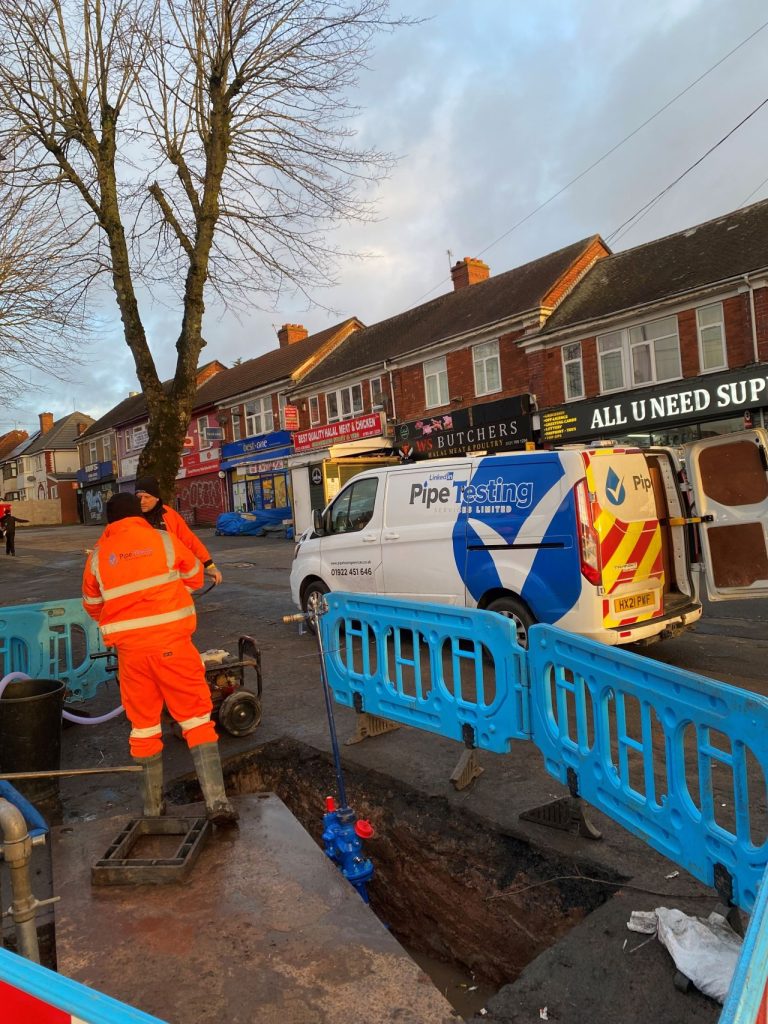
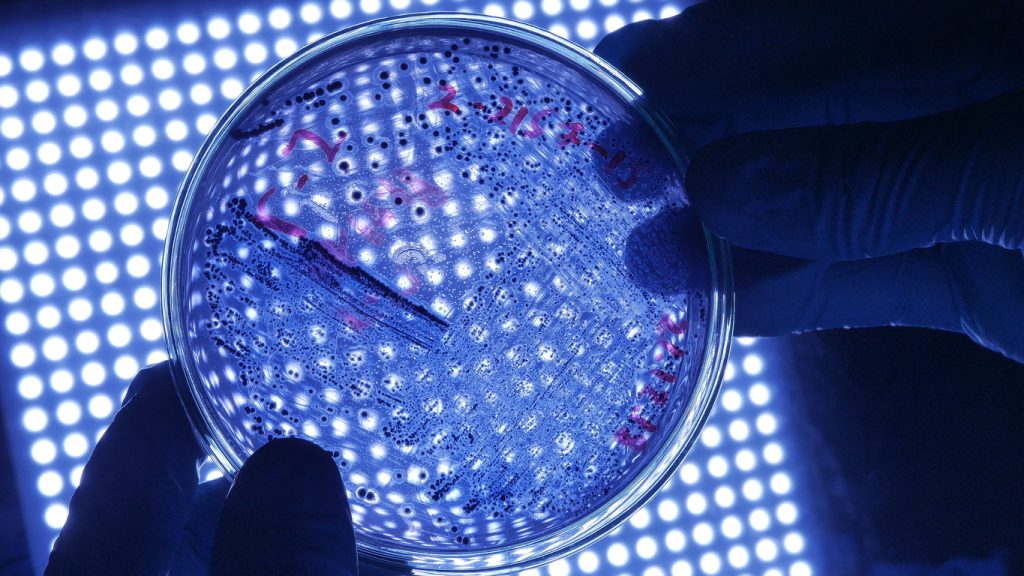
Choose PTS for Professional Pipework Chlorination
Engaging a professional service like PTS offers significant advantages in expertise, safety, and compliance. We ensure adherence to all local regulations, use the correct equipment and techniques for effective disinfection, and provide comprehensive documentation. Our tried-and-true methods minimise the risk of recontamination and ensure your peace of mind.
Get in Touch for Expert Pipework Chlorination Services
For professional chlorination services that ensure the safety and compliance of your water systems, contact our expert team today. We provide comprehensive solutions tailored to your specific needs, backed by years of experience and adherence to the highest industry standards.
- Phone – 01922 451646
- Email – enquiries@pipetestingservices.co.uk
- Address – Unit 27 Birchbrook Industrial Estate, Shenstone, Lichfield, Staffs, WS14 0DJ
Pipework Chlorination
Services FAQs
The most commonly used chemical for disinfecting water systems is a solution of sodium hypochlorite. It is a highly effective disinfectant that is carefully dosed to achieve the required chlorine concentration for killing microorganisms.
While it may seem straightforward, pipework chlorination is a technical process that requires specialised knowledge of chemical handling, safety protocols, correct dosages, contact times, and testing procedures. To ensure safety, compliance with UK regulations, and effective disinfection, this task should always be entrusted to trained professionals like Pipe Testing Services.
Failing to chlorinate pipework after a new installation or repair can lead to significant risks, including the proliferation of harmful bacteria like E. coli and Legionella, which can cause serious illness. It can also result in non-compliance with water regulations, failed inspections, and costly project delays.
